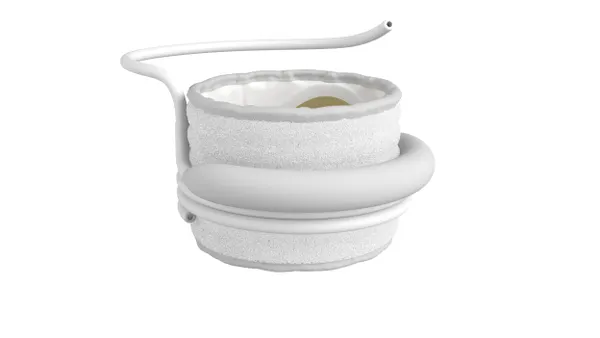Medtronic issued another recall of its HeartWare HVAD heart pump, this time due to problems with the driveline cover that protects the connection between the pump and the controller. Medtronic said the cover can harden over time, making it difficult to slide the cover back to fix an urgent problem with the connection or controller.
In a Nov. 29 communication to healthcare professionals, Medtronic said it has received 33 complaints about this problem as of September 22. In four of the events, patients were hospitalized to fix and remove the driveline cover, but no critical injuries or deaths were attributed to the issue, the company said.
Medtronic’s HVAD system includes a pump implanted near the heart as well as a controller to manage the pump’s speed and function. The device is used in end-stage heart-failure patients who are waiting for a heart transplant.
The problems with the cover are among several identified by the company in the last year alone, after it pulled the device from the market due to problems with the pump stopping and an increased risk of patient deaths. As of April 2021, more than 3,000 deaths and 20,000 injuries linked to the device had been reported in the Food and Drug Administration’s Manufacturer and User Facility Device Experience database, according to data compiled by patient safety group ECRI.
In May, the company recalled the HVAD system because of a welding defect that affected internal battery components, resulting in two injuries and one death. In June, Medtronic recalled the device again due to electrical faults, this time caused by an interaction between battery software and an internal component, resulting in six injuries and one death, according to an FDA notice.
The company issued a backup controller with a software fix in October, but that’s only intended to be used if the pump stops and cannot be restarted, as the software has not yet been approved by the FDA.
Medtronic recommends that clinicians examine the device during routine visits to ensure that the driveline cover is not stuck or hardened. If it is stuck, the clinician should contact a field representative with the company to evaluate the device.














